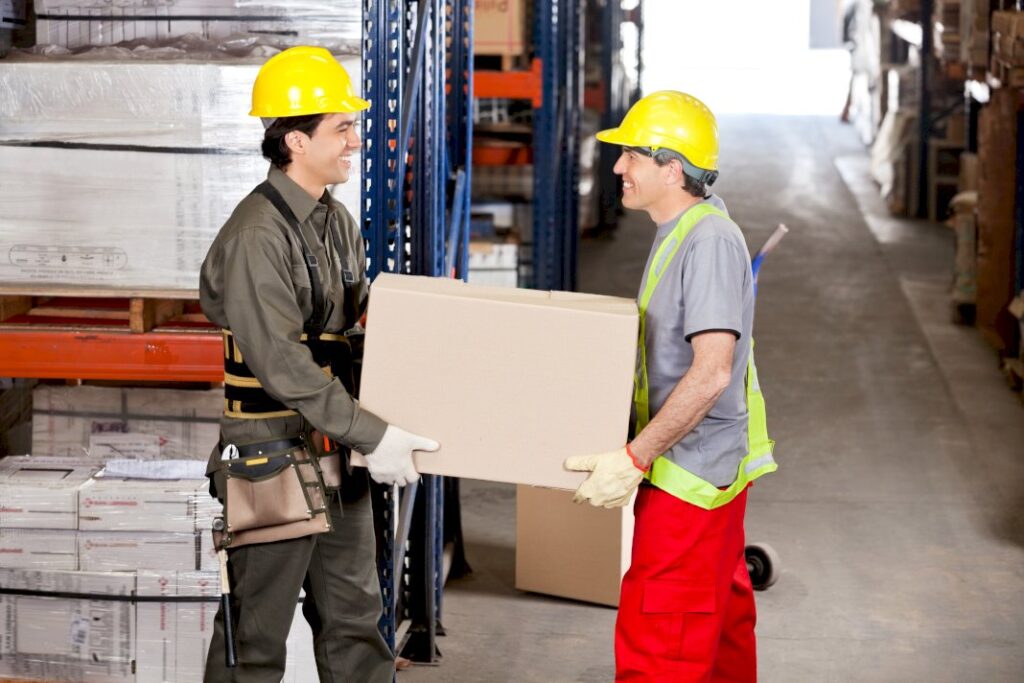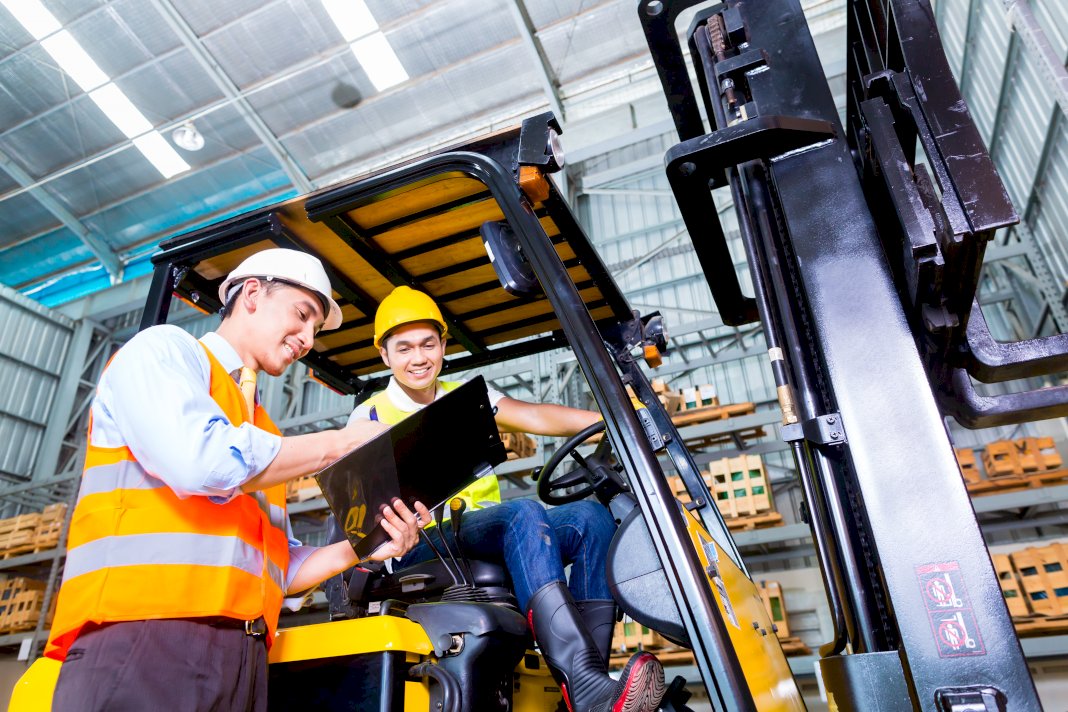Warehouses play a vital role in the smooth operation of many businesses. They serve as the secure storage facilities that enable companies to maintain robust inventories critical to meeting consumer demands.
For these reasons, warehouses are often seen as the backbone of the supply chain. But behind every successful warehouse operation is a suite of essential equipment. This blog post explores some of the most critical pieces of equipment that all warehouses should prioritize.
Forklifts
Forklifts are the industry-standard tool for moving products in and out of warehouses. In fact, in Singapore, forklifts are mandatory for warehouses larger than 4,000 square meters. Forklifts can lift heavy loads with relative ease and help streamline product movement and save time. There are various kinds of forklifts, such as:
Reach trucks
A reach truck is a kind of forklift with an extendable boom that enables operators to reach pallets placed higher than ground level. They are designed for narrow warehouse aisles and can easily maneuver in crowded areas. These machines are best suited for warehouses that lift heavy loads to a considerable height.
Order pickers
These types of forklifts are perfect for use in warehouses that deal with retail inventory, as they can handle goods with a lot of precision. Order pickers can be used for picking orders from a tall storage rack and in areas with limited floor space. These machines are equipped with a platform that can be raised, allowing operators to reach high-level storage without having to get off the forklift.
Electric forklifts
These forklifts run on electricity and are preferred over fuel-powered forklifts for indoor applications. They are known for their quiet operation, zero emissions, and low maintenance costs. The electric forklift’s power is stored in batteries that can be recharged promptly, making them an ideal option for continuously operating warehouses.
Pallet jacks
Pallet jacks, or pallet trucks, are typically used for moving heavy pallets over short distances. They are designed to be compact and maneuverable, making them ideal for use in warehouses with narrow aisles. They are hand-operated, which means they are easy to use and do not require much training.
Racking Systems

If you are looking for ways to increase your storage capacity, you should consider investing in rack systems that facilitate vertical storage of your inventory. Also known as high-density storage, these systems can store up to twice as much as conventional shelving systems.
Some popular racking systems warehouses use include double deep, pallet flow, drive-in, and cantilever racks. With these systems, warehouses can optimize storage, increase picking rates, and improve order fulfillment capabilities.
Powered Carts
These small specialized vehicles, such as order pickers, reach trucks, and center riders, are designed for specific applications. They help navigate congested warehouses, transporting items to different areas, and accessing items stored on high shelves.
Their maneuverability helps staff reduce the time and effort it takes to pick and pack the orders, reducing walk times and increasing productivity. They are also helpful for carrying out quick and easy transportation tasks within the warehouse.
Scanners, Printers, and Labeling Systems
Modern warehouses depend heavily on scanners and other devices to track inventory and manage orders in real time. They are critical components of warehouse management software.
They are responsible for generating shipping labels, packing slips, invoices, and bar codes scanned when the product moves in and out of the warehouse. Without these devices, a warehouse would not manage its inventory and be unable to manage its inventory with such precision and efficiency.
Safety Equipment

Warehouse operators should prioritize safety equipment for their employees. They should have fire extinguishers in clear view and marked emergency exits. Furthermore, every warehouse needs a plan for handling emergencies like spills, accidents, and chemical exposures.
Additionally, warehouses should provide their employees with protective gear like safety goggles, gloves, and steel-toed boots to ensure everyone goes home from their shift in one piece.
Final Thoughts
Warehouses are complex operations with a variety of tasks and challenges. The success of these operations relies heavily on the equipment used. With all these, the warehouse can be more efficient and have a higher productivity rate. The equipment listed above is part of what warehouse operators need to run their business. Other equipment and machinery are unique to specific operations, but these are the most essential must-haves for every warehouse.
For more valuable information visit our website.





